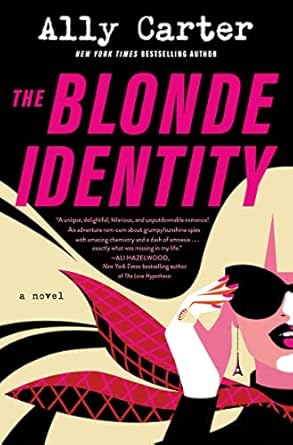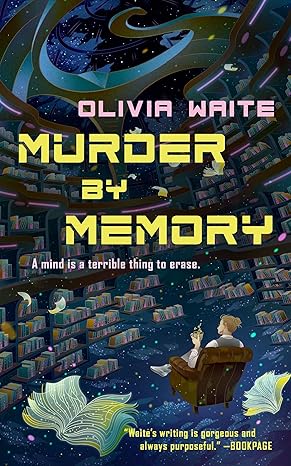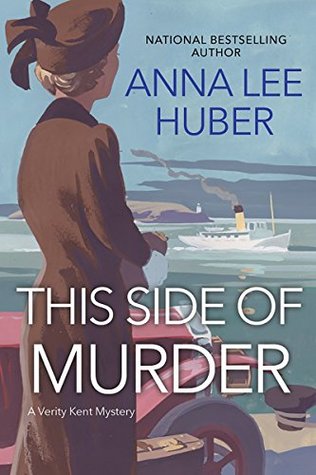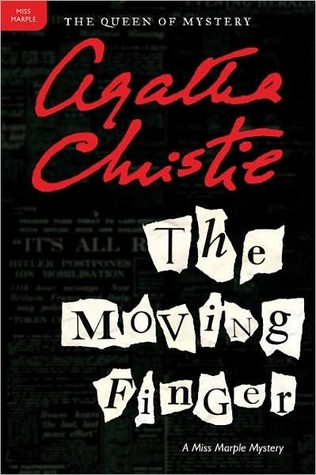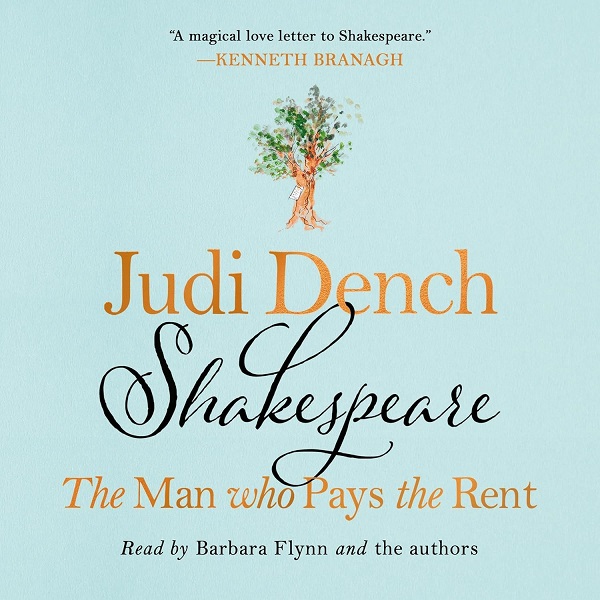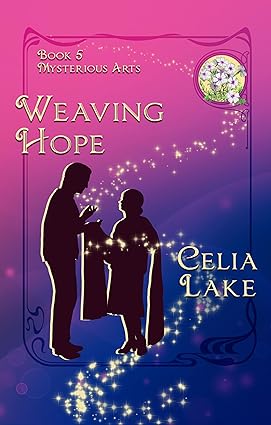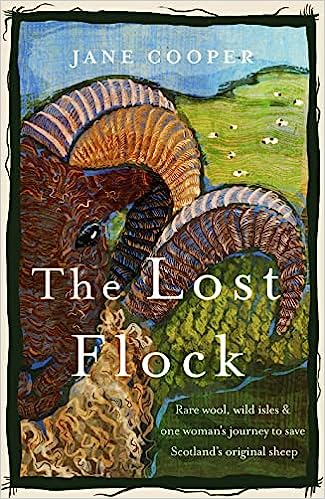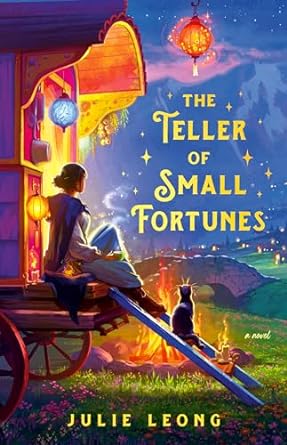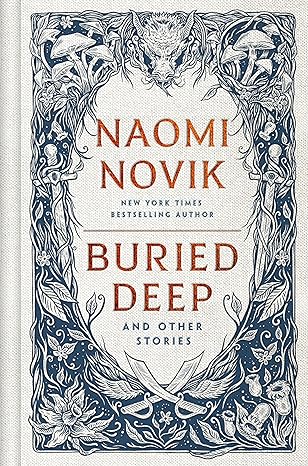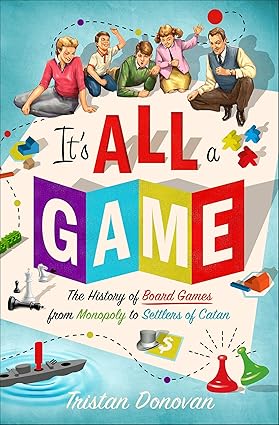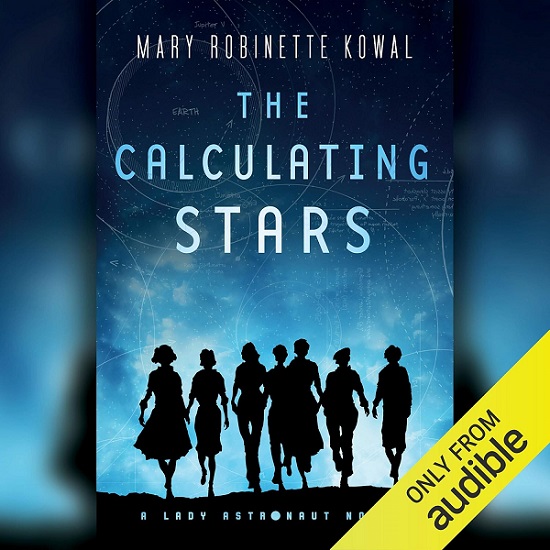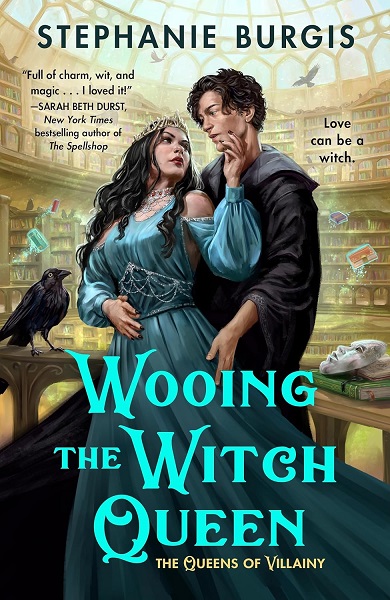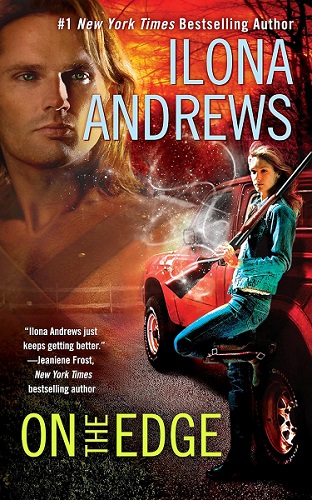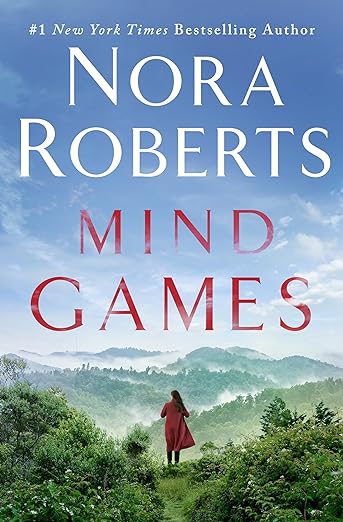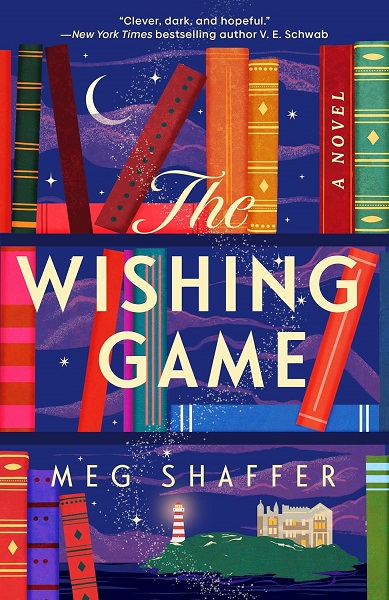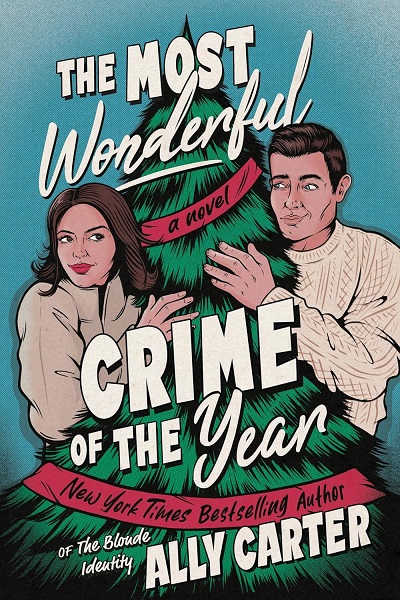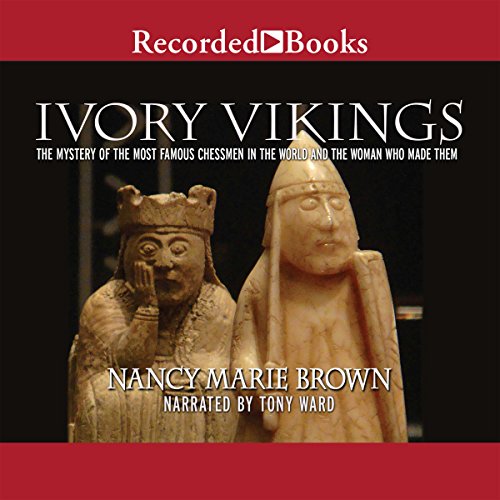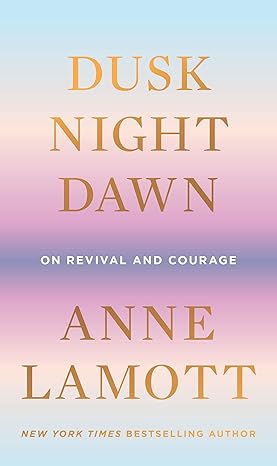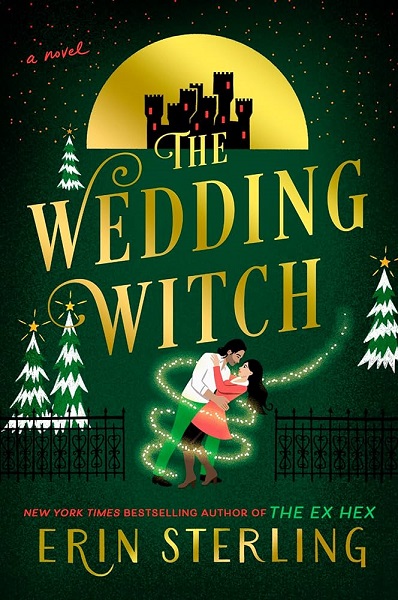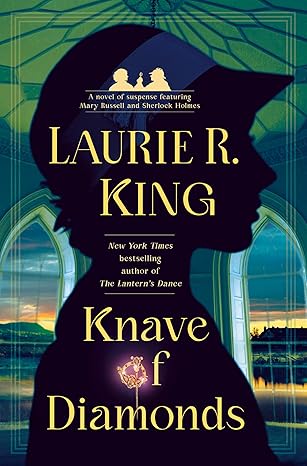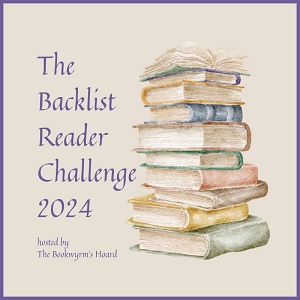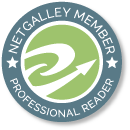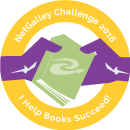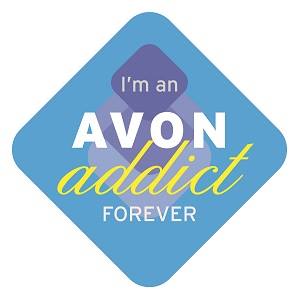Some interesting developments in e-reader technology were on display at the recent Consumer Electronics Show (CES) in Las Vegas, according to an article by CNN. I was intrigued, so I took a look at the websites for two new e-readers.
If you’re looking to try the e-reader experience, but don’t want to invest in (or carry around) yet another device, check out Blio, a free, downloadable eReader software which will be available sometime in late February. Blio will run on Windows PCs, notebooks, netbooks, tablets, and mobile devices such as the iPhone and iPod. (It is unclear from their website which iPod models will run the software.) Blio is particularly useful for graphics-rich content such as magazines, textbooks, and illustrated children’s books, a genre neglected by most previous e-readers for obvious reasons. The website claims Blio will deliver high-quality color images and can retain the original layout of a book. However, the software can also re-flow and scale the text to be viewable on a small screen such as a mobile device. Other useful features include the ability to add notes, annotations, bookmarks, and even photos to whatever you are reading, and a read-aloud feature.
Blio has partnered with book distributor Baker & Taylor, and will have an online store where you can buy and download books. The selection will include magazines, cookbooks, children’s books, textbooks, travel guides, and other graphics-heavy genres. As with other e-reader devices, you can also download free books from Google. Books are stored on your own computer and can be transferred to whatever devices you choose. As the store is not yet up and running, I was unable to evaluate their selection and pricing.
The main advantages of Blio (besides the cost!) are that it provides quality graphics content and uses your existing devices. The main disadvantage is that long-term viewing of the color screens on those devices is visually tiring. The black-on-white e-ink screens used by the Kindle, Sony, and nook e-readers are easier on the eyes and work in sunlight, making them better than color screens for text-only books. On the other hand, they aren’t great for textbooks, how-to books, or children’s books.
I plan to give Blio a try when it is released; I’ll let you know what I think.
The enTourage eDGe combines an e-ink screen, a color touch screen, and the capabilities of a netbook, notepad, and audio/video recorder/player in a single device they are calling a dualbook. It runs on Google’s Android operating system; WiFi allows web browsing. At $490, it’s one of the most expensive e-Readers out there, but those who don’t need a lot of capability from their laptop may appreciate the 2-in-1 capability. It has an interesting hinge, which allows you to open the reader like a book, with the dual screens on the facing “pages”, but also lets you fold it back on itself so that one screen is on the front and one on the back. Put it in landscape mode, and you can prop it up on a table.
The eDGe bookstore has a surprising number of titles, including many backlist titles from some of my favorite authors. While many of these run in the $6 to $8 range, I was pleasantly surprised to find a few Agatha Christie titles at under $2, and more under $4. On the other hand, they had no Dorothy Sayers at all, and their price for new releases is often only a few dollars off the hardcover price. It’s hard to imagine paying $23 for an e-book. The store’s search engine leaves something to be desired as well. An ad for the e-book version of Stephanie Meyer’s New Moon was prominently featured on the “e-Books” page, but searches for “New Moon” and “Stephanie Meyer” both turned up nothing. A search of another author yielded plenty of books, only about half by that author. (Amazon does this, too, but at least Amazon’s search engine has the sense to put all the books by the searched author at the top; the eDGe store mixed them up haphazardly.)
My reservations about e-books remain. The cost of e-books is in many cases unreasonably high, the longevity of any given format very much in doubt. I don’t fancy paying for a book, only to find in three or five or ten years that there’s no device that can read it any more. Too, publishers expect consumers to pay almost as much for an ephemeral electronic copy as they would for a printed book, but refuse to grant the consumer the right to then resell or donate that e-book the way they could a printed copy. The lack of a single, universal format for all devices is problematic, too.
On the other hand, it’s clear that e-books are a growing market; while they may not replace printed books any time soon, they already co-exist with them. In the next ten years, we will probably see as big a shakeup in the way books are distributed as we saw in the music industry over the last ten years. I look forward to seeing how it all turns out.









